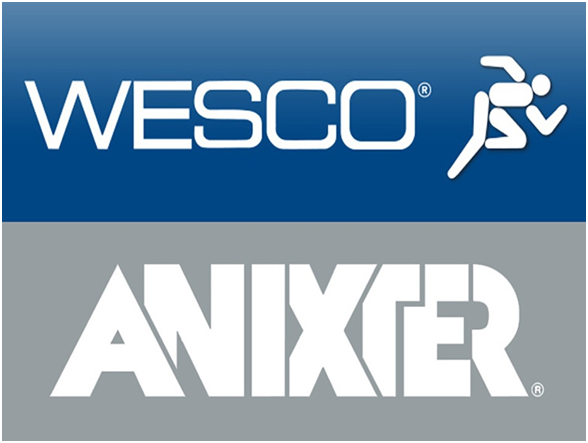Charles R. Goulding examines the 3D printing implications of a recent business merger.
A major merger transaction that did not get much attention involving numerous 3D printing- based products was just completed in June of 2020. Pittsburgh, Pennsylvania-based WESCO is a large lighting and electrical products distributor that evolved from Westinghouse. Glenview, Illinois-based Anixter is a large telecom and cable products distributor. The combined company would have had $17 billion in sales last year.
WESCO distributes LED lighting and Ultraviolet C (UVC) products, both of which are increasingly using 3D printing manufactured and designed products.
Anixter is a major distributor of Ericsson and Nokia telecom products that also use 3D printing manufactured and designed products and have been front page news lately in the battles of Huawei. Both companies are considered major supply chain product providers. The new company expects cost reduction synergies of about $200 million.
3D printing and similar activities utilized for testing and improved production may be eligible for the Research and Development Tax Credit which is briefly described below.
The Research and Development Tax Credit
Enacted in 1981, the now permanent Federal Research and Development (R&D) Tax Credit allows a credit that typically ranges from 4%-7% of eligible spending for new and improved products and processes. Qualified research must meet the following four criteria:
- Must be technological in nature
- Must be a component of the taxpayer’s business
- Must represent R&D in the experimental sense and generally includes all such costs related to the development or improvement of a product or process
- Must eliminate uncertainty through a process of experimentation that considers one or more alternatives
Eligible costs include US employee wages, cost of supplies consumed in the R&D process, cost of pre-production testing, US contract research expenses, and certain costs associated with developing a patent.
On December 18, 2015, President Obama signed the PATH Act, making the R&D Tax Credit permanent. Beginning in 2016, the R&D credit has been used to offset Alternative Minimum Tax (AMT) for companies with revenue below $50MM and, startup businesses can obtain up to $250,000 per year in payroll tax cash rebates.
Conclusion
The new company should be able to maximize best of breed supply chain practices. Both companies had previously been the targets of private equity, which would have only been a relatively short-term transaction. The 3D printing industry should benefit from this new supply chain powerhouse.

